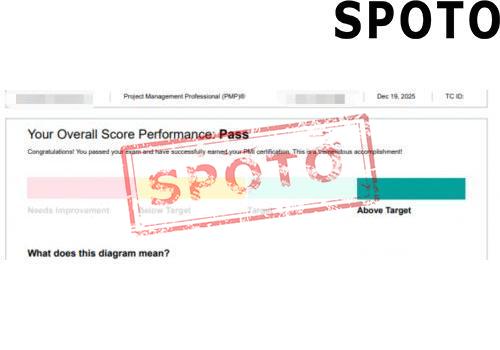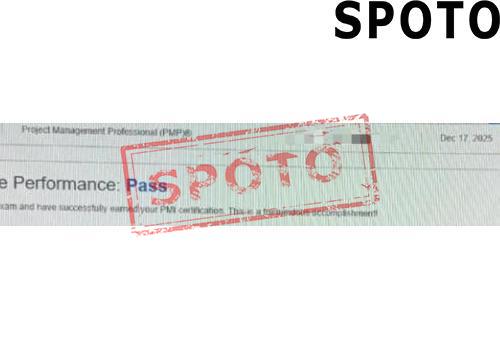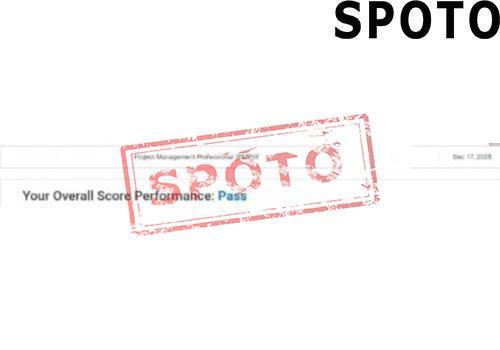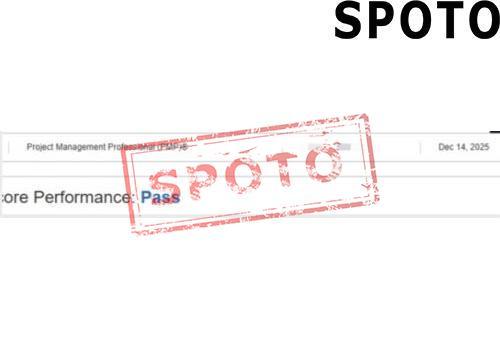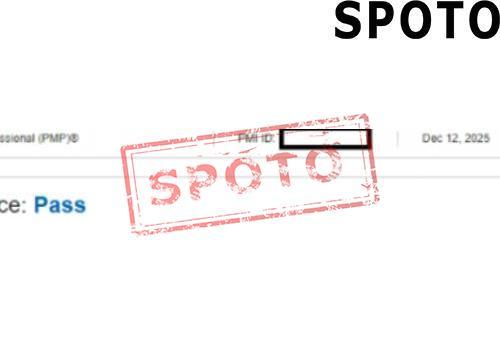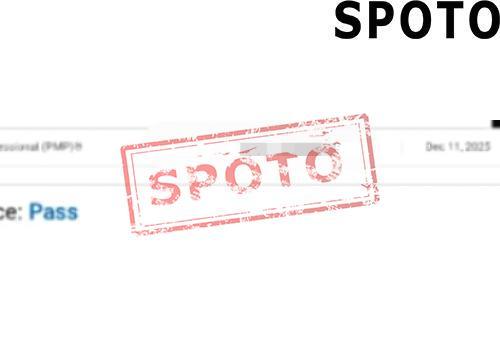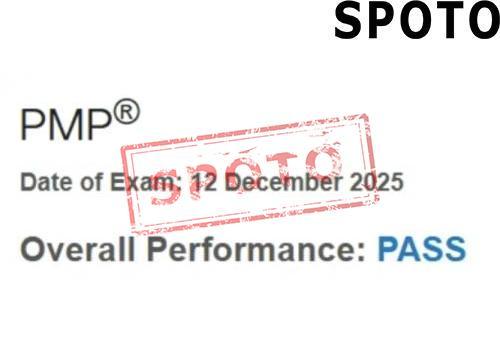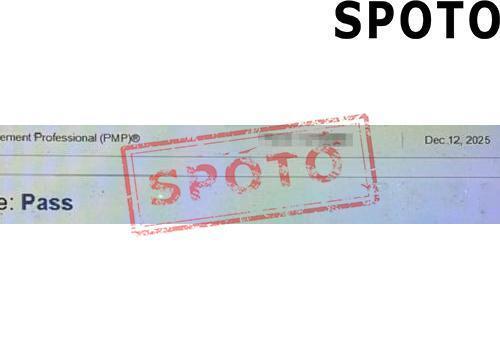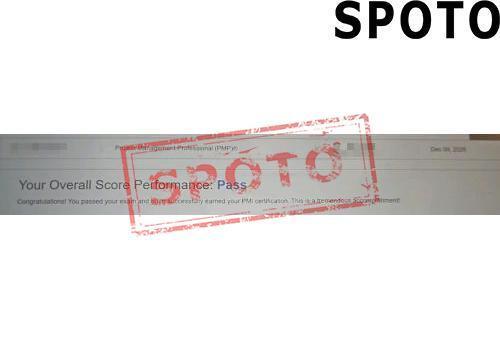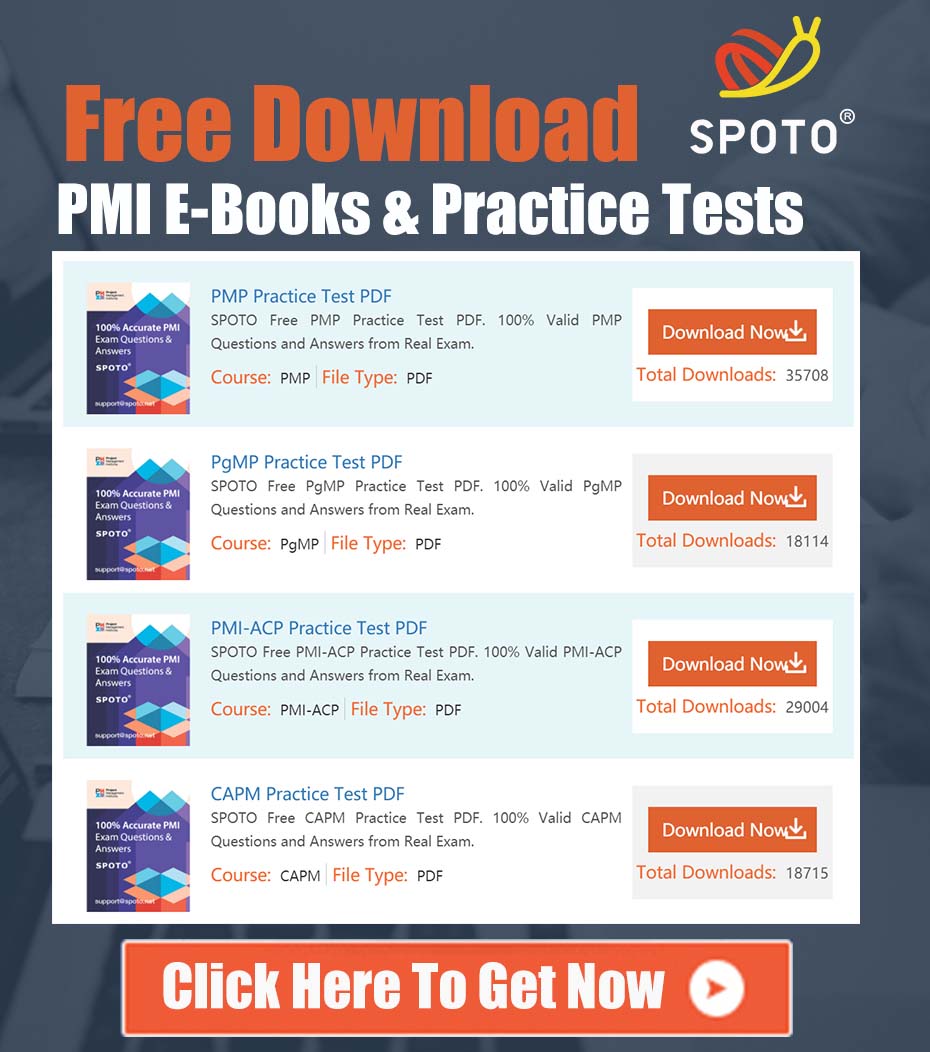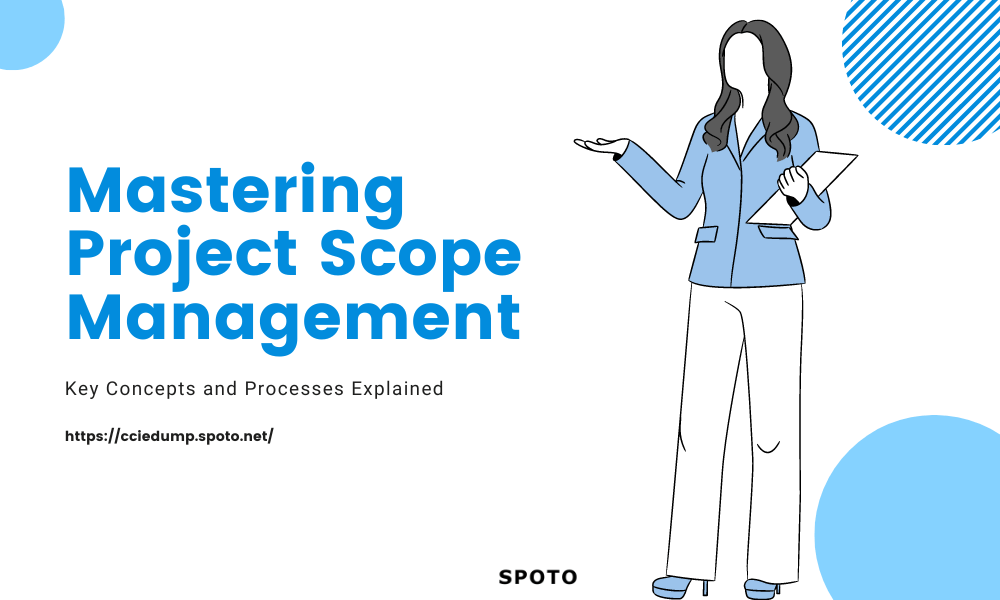
Table of Contents
Project Scope Management
Understanding Project Scope Management
Project Scope Management is a vital facet of any project’s lifecycle. It focuses on assuring that all the necessary tasks for the successful completion of the project are defined, controlled, and validated. The scope directs the trajectory of work needed to achieve the end project objectives.
Key Concepts and Processes in Project Scope Management
- Plan Scope Management: This is the initial phase of scope management. It involves the formulation of a scope management plan which details how the project scope will be outlined, validated, and controlled.
- Collect Requirements: This step involves gathering all the criteria and requirements for the project that meet stakeholder’s needs and expectations. These are transformed into a set of clear objectives for the team.
- Define Scope: This phase involves developing a detailed description of the project and its major deliverables. It's akin to a roadmap of what is included and what isn't in the project.
- Create Work Breakdown Structure (WBS): Here, you break the project scope into manageable segments. The WBS takes complexity and simplifies it, making each goal more manageable and easier to accomplish.
- Validate Scope: This step involves formalizing the acceptance of the project deliverables by the stakeholders. It helps to control what is being delivered, ensuring it is what was agreed upon.
- Control Scope: This final phase involves monitoring the project’s status and managing changes to the scope baseline. It helps ensure the project stays on track and within its defined scope.
Case Studies or Examples Related to Project Scope Management
A renowned software company embraced Project Scope Management when they decided to develop a new customer relationship management (CRM) software. During the Plan Scope Management phase, a detailed structure was laid out, designating what steps were necessary within the scope, how the project validation would proceed, and how the scope itself would be controlled. Then, during the Collect Requirements phase, they met with various stakeholders to identify the essential features of the CRM, hence setting the precise scope parameters.
In the Define Scope phase, they developed an in-depth description of the CRM and its major deliverables. Post this, they moved on to the Create Work Breakdown Structure (WBS) phase, where the project was broken down into digestible segments. This brought clarity to the team and made execution easier.
The final steps, the Validate Scope and Control Scope stages, were all about constant monitoring and auditing. This ensured that the final product, the CRM software, not only complied with the agreed specifications but also achieved its intended purpose of boosting the company's sales, while staying within the defined scope.
Project Cost Management
Mastering the art of Project Cost Management (PCM) is a cornerstone for those aspiring to excel in project management. This intricate segment of the Project Management Professional (PMP) examination not only evaluates a candidate's proficiency in managing budgets and resources but also their ability to apply cost-effective measures without compromising project quality. By delving into this domain, one can ensure the financial health of projects, steering them toward success with precision and strategic foresight.
Understanding Project Cost Management
At its core, PCM is about the meticulous planning, estimation, budgeting, financing, funding, managing, and controlling of costs so that the project can be completed within the approved budget. It's a multifaceted process that requires a deep understanding of financial management principles, as well as the ability to apply these principles in a project context to maximize value and minimize waste.
Key Concepts and Processes in Project Cost Management
- Cost Estimation: This involves developing an approximation of the costs of the resources needed to complete project activities. Techniques such as parametric estimating and bottom-up estimating are often used.
- Cost Budgeting: This process allocates the overall cost estimate to individual work items, thus establishing a baseline for measuring performance.
- Cost Control: This entails monitoring project status to update the project costs and managing changes to the cost baseline.
Case Studies or Examples Related to Project Cost Management
Consider the case of a major technology firm that successfully implemented PCM strategies to bring a delayed and over-budget software development project back on track. By employing rigorous cost estimation and budgeting techniques, alongside continuous cost control measures, the project team was able to identify inefficiencies, reallocate resources more effectively, and ultimately deliver the project within the revised budget. This example underscores the transformative power of adept cost management in turning potential failures into success stories.
Project Communications Management
Understanding effective communication within project environments is crucial for success. This segment delves into the systematic approach to ensuring optimal information exchange among project stakeholders, team members, and other involved entities. By fostering clear and timely communication, project managers can significantly enhance project coordination and execution.
Key Concepts and Processes
Core to project communications management is the establishment of a robust communication plan, detailing the who, what, when, and how of information dissemination. Emphasis is placed on the identification of stakeholders, tailoring of communication strategies, and the use of diverse tools and technologies to support efficient message transmission and feedback loops.
Illustrative Case Studies
Through an exploration of real-world scenarios, this section highlights how adept communication strategies have facilitated project triumphs or, conversely, how communication pitfalls have led to project challenges. These narratives underscore the indispensable nature of proactive and strategic communication planning in achieving project objectives.
Project Risk Management
Grasping the intricacies of project risk management is pivotal for those aiming to conquer the PMP exam. This segment sheds light on the multifaceted nature of managing uncertainties and challenges that can impact project outcomes.
Understanding Project Risk Management
Diving into project risk management, we unravel the significance of preemptively identifying and mitigating potential pitfalls. The discipline emphasizes a structured approach to foreseeing risks, evaluating their possible impacts, and devising strategies to address them effectively.
Key Concepts and Processes in Project Risk Management
- Strategic Planning: Initiating a proactive blueprint for risk identification and management.
- Qualitative and Quantitative Analysis: Employing a dual approach to assess risks based on their severity and probability of occurrence.
- Response Formulation: Crafting tailored strategies to either mitigate, accept, transfer, or avoid identified risks.
- Continuous Monitoring: Establishing a vigil to oversee and adjust risk management plans as the project progresses.
Case Studies or Examples Related to Project Risk Management
Consider the case of a global software development project facing significant risks due to cultural misunderstandings. By employing effective communication strategies and cultural competence training for the team, the project manager successfully mitigated these risks, ensuring a cohesive work environment and timely project delivery.
In summary, mastering project risk management is crucial for PMP aspirants. It requires not only a deep understanding of theoretical concepts but also the ability to apply these concepts in real-world scenarios, adapting to the dynamic nature of project environments.
Project Procurement Management
Project Procurement Management is a significant discipline within the project management sphere. It entails the process of planning, conducting, controlling, and closing procurement. To effectively manage a project, understanding the intricacies of procurement management is imperative.
Understanding Project Procurement Management
Procurement management revolves around the process of acquiring goods and services from external sources. This extends to writing formal solicitations, choosing suppliers, executing a contract, and ultimately closing out contracts. The core purpose of procurement management is to ensure that the project receives all necessary goods and services as and when required, within a fair cost structure.
Key Concepts and Processes in Project Procurement Management
The principal processes integral to project procurement management include:
- Plan Procurement Management: The initial phase of outlining the procurement approach. This strategy includes defining the contract type, identifying potential sellers, and ensuring cost efficiency.
- Conduct Procurements: This step requires the evaluation of seller's proposals and the final selection of sellers based on said evaluation.
- Control Procurements: This involves managing relationships with sellers, monitoring contract performance, and making adjustments as necessary.
- Close Procurements: The closing of all procurement activities upon fulfillment of contract requirements.
Case Studies or Examples related to Project Procurement Management
For instance, let's take a look at Orion Systems (A). Orion was a division of a large aerospace company with 7,000 employees which evolved into a modern system house. Earlier they primarily focused on R&D, however, on seeing a market for its high-tech, high-cost systems, it shifted towards project management and procurement. The case focuses on how procurement played a pivotal role in the overall project management. Especially in large projects that require a multitude of resources, integrating procurement processes can stitch together the necessary goods and services, turning the project into a success. This example highlights the importance of effective procurement management.
Project Stakeholder Management
Project Stakeholder Management is an integral part of project management and is crucial in the PMP exam. Grasping the intricate mechanisms and fundamentals of this topic can enhance one's proficiency and command over PMP-related content, thereby propelling one's chances of acing the examination.
Understanding Project Stakeholder Management
Project Stakeholder Management concerns the processes necessary to identify the people, groups, or organizations that could impact or be impacted by the project. It also includes developing appropriate strategies and communication plans to engage them in project decisions and activities effectively. Understanding the dynamics of stakeholder influence and their potential impact on the project is fundamental.
Key Concepts and Processes in Project Stakeholder Management
The key processes involved in Project Stakeholder Management include Stakeholder Identification, Stakeholder Analysis, Stakeholder Engagement Planning, and Stakeholder Engagement. Each process plays a pivotal role in determining the success of stakeholder interactions, and thus the project as a whole. By accurately identifying and analyzing stakeholders, tailoring engagement strategies, and effectively involving stakeholders in project decisions, project managers can ensure that they are catering to the diverse needs and influences of all stakeholders.
Case Studies or Examples related to Project Stakeholder Management
- The London Olympics of 2012 serves as a stellar example of Project Stakeholder Management. The event involved a multitude of stakeholders, including athletes, Olympic committees, spectators, residents, businesses, and government bodies. The organizing committee identified and mapped all stakeholders, carefully considered their concerns and inputs, and continually communicated critical project updates. This led to the successful delivery of the complex, large-scale project.
- Another instance is the redevelopment project of San Francisco's Bay Area in 2005. The project team identified various stakeholders, including local residents, businesses, environmental agencies, and government bodies. They employed a dynamic stakeholder management strategy that ensured clear communication of project details, regular stakeholder meetings, and a process of addressing and resolving concerns promptly. This helped them in maintaining a smooth project run despite numerous stakeholder challenges.
Conclusion
The journey to conquering the PMP exam is both intricate and rewarding, underscoring the necessity of a profound grasp of the varied exam topics. Mastery over these domains not only facilitates the achievement of the prestigious PMP certification but also significantly enhances one's project management capabilities, paving the way for successful project outcomes and professional advancement. This comprehensive understanding ensures that project managers are well-equipped to navigate the complexities of modern project environments, applying best practices and innovative solutions to meet project objectives.
Embarking on this educational voyage requires access to a plethora of resources designed to fortify one’s knowledge and skills. Among these invaluable aids are specialized training courses, such as those offered by PMI and other recognized institutions, detailed study guides that dissect each domain of knowledge, and practice exams that simulate the test environment. Engaging in study groups and forums can also provide insights and shared experiences that enrich the learning process. Additionally, PMI’s body of knowledge and continuing education programs offer ongoing opportunities to stay at the forefront of project management trends and methodologies.
Diligent pursuit of these resources, complemented by practical application and continuous learning, is the cornerstone of mastering PMP exam topics. This endeavor not only prepares candidates for the exam but also lays the foundation for a flourishing career in project management.
